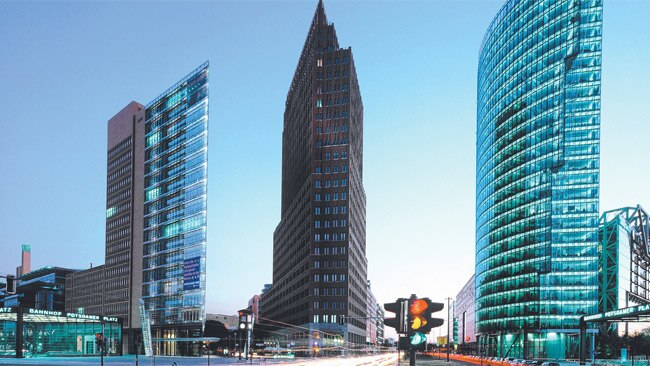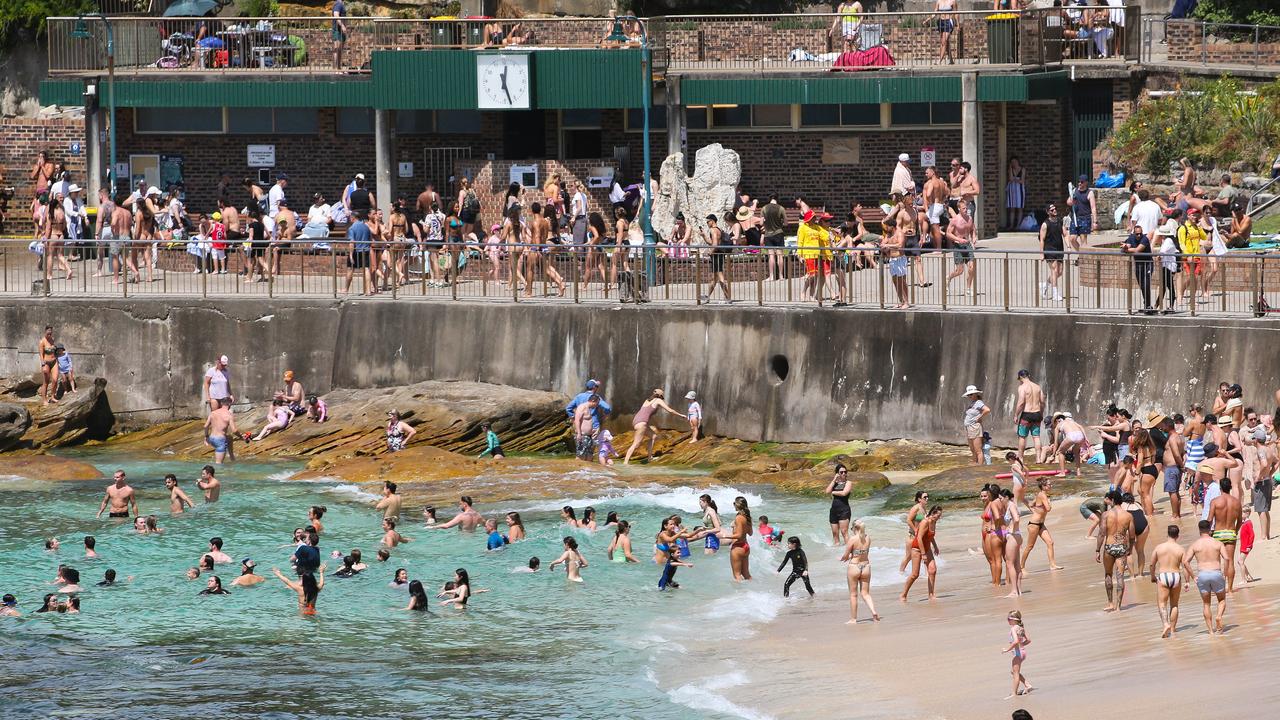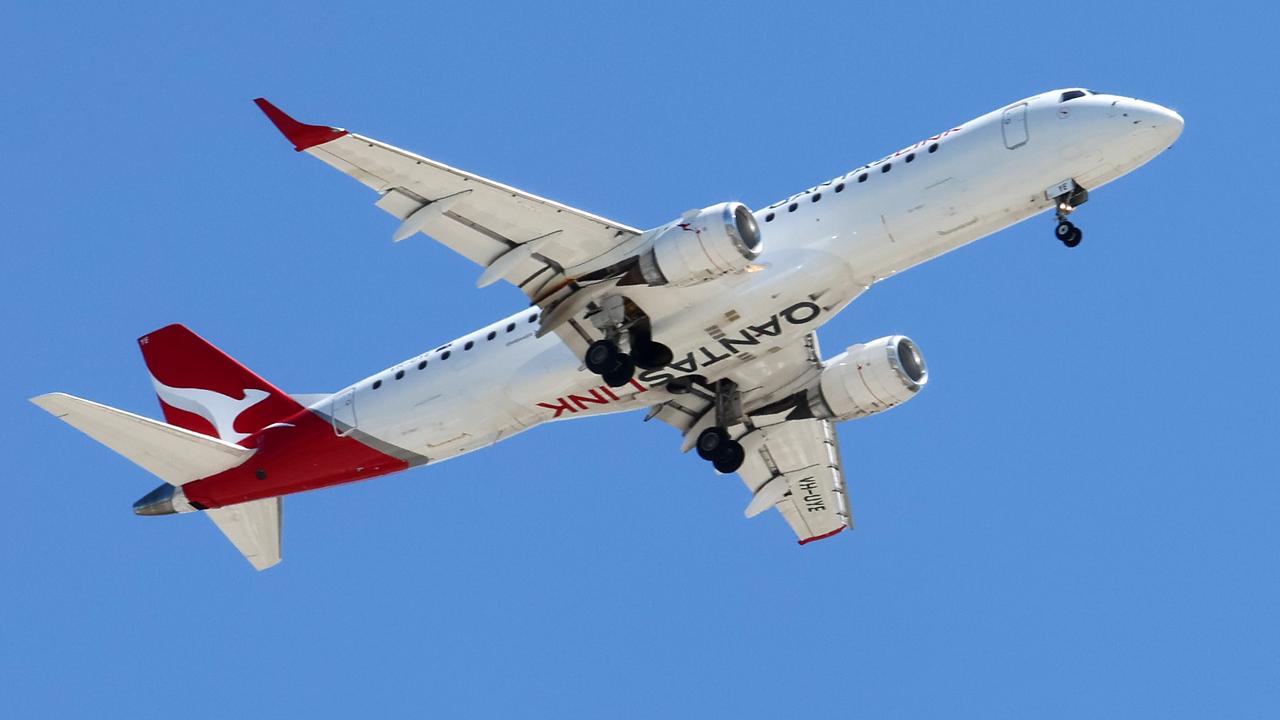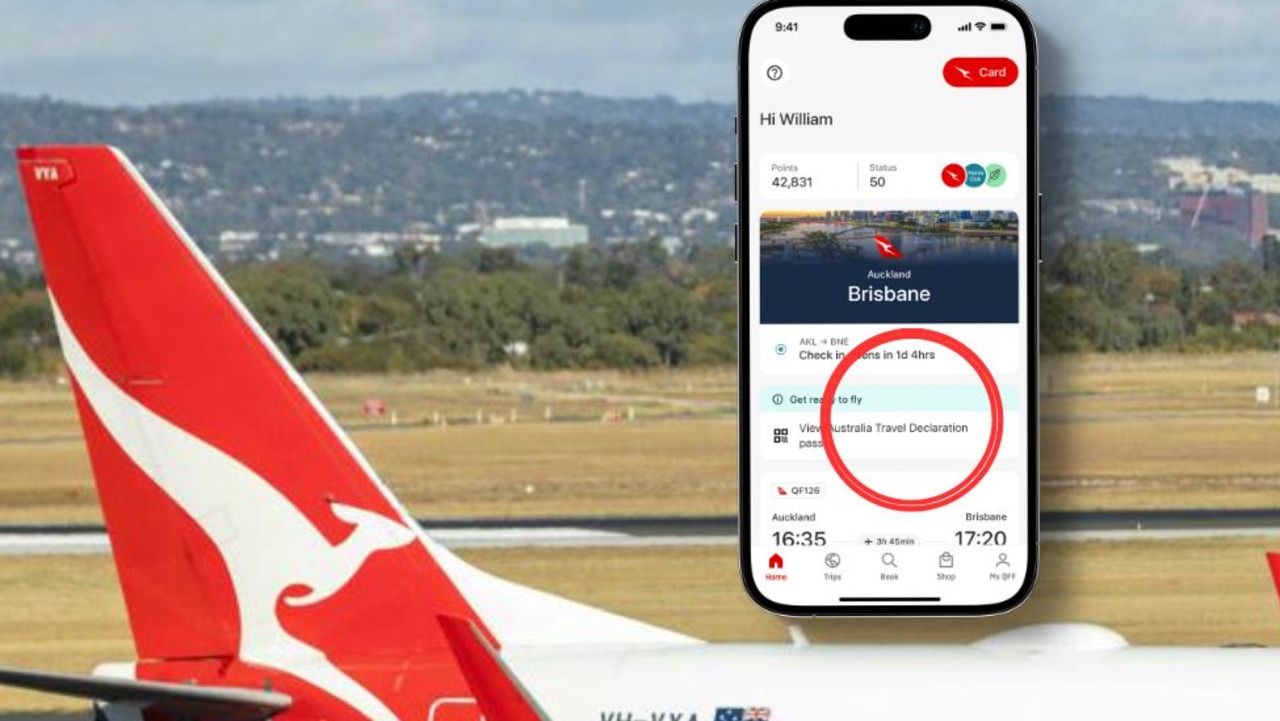Guide yourself through Berlin
HERE are four easy steps to take you around all the must-see sights in Berlin without having to set foot on a tour bus.

THE painted wooden sign ahead of me states in bold, block lettering: "You Are Leaving The American Sector".
Uniformed guards of the communist Deutsche Demokratische Republik await me on the other side of Checkpoint Charlie's famous gatehouse. The barbed wire that hangs above me is both discouraging and fascinating, but before I can consider the true significance of "crossing over" I am jostled from behind by those waiting their turn.
"You want passport stamped?" a military officer asks me in ragtag English. He grasps it from me, my photograph is taken and I drop some coins in to his uniform pocket. I cross the line, from the West to the East.
Lest you think you're about to vanish behind the Iron Curtain and rot in some frozen gulag, rest assured that the year is 2010 and thankfully not 1961. The guards in front of you are not just chintzier versions of those you saw in a black-and-white film some lazy Sunday afternoon. They are here for the tourists only, the insignias on their sleeves state symbols that are no longer recognised (not even by the Russians!). The photograph taken was for my holiday scrapbook, not some police file. And though the new stamp in my passport is a legitimate DDR border crossing mark it's merely ornamental, not legally binding.
Berlin, the divided city, the one-time symbol of a Cold War that split the world in a fierce ideological struggle, is back on the tourist trail. From Checkpoint Charlie to concentration camps, burlesque clubs to the Brandenburg Gate, and Potsdam to East Berlin flotsam, the city is now a bustling, rejuvenated capital and a mecca for the historically minded.
While Berliners don't like to dwell on the past and see themselves as contemporary (just look at all the construction cranes about the place), it is hard for those of us who grew up before re-unification to not be mesmerised by its past. Prussian King Frederick William and Napoleon both walked these streets, but it's "the little Austrian" and Berlin's Cold War history that still draw the most crowds.
With so much history, it's easy to get museum-ed out in Berlin, a common ailment for antipodean travellers to Europe. My advice is to see a museum in the morning and then relax in the afternoon by visiting one of Berlin's cafes, drinking a pils or two, checking out one of the city's markets (the Turkish one is unique) and generally soaking up the ambience of a united and thriving capital.
A three or four-day trip should let you see most of the historical highlights without burning out. While a city bus tour is easily done, there's nothing like doing it yourself to really know the place. Just follow these four steps to satiate the Cold War/WWII aficionado inside:
Step One: Checkpoint Charlie and the Mauermuseum
No visit to Berlin is complete without a trip to the famous Checkpoint Charlie and its accompanying Mauermuseum. Opened when the wall was only one year old, the Mauermuseum was founded right on the border where, from a small window, West Berliners watched all border movements and hatched daring escape plans. Over the years, escapees from the DDR have since donated the various hot-air balloons, improvised escape cars, shopping carts and other makeshift vehicles that refugees once imaginatively used to flee to the West.
Particularly intriguing stories include the homemade submarine that was used to escape to Denmark and the man who absconded in a stereo loudspeaker. Its size is deceptive from the outside, so allow yourself at least two to three hours to see the Mauermuseum. While a little bit of a tourist trap, Checkpoint Charlie, just outside, is a free 10-minute must.
Location: Right above Kochstrasse U-bahn.
Contact: www.mauermuseum.de
Step Two: Jewish Museum/Judisches Museum
Only a 10-minute walk from Checkpoint Charlie, the Jewish Museum was founded in 1933, but closed by the Nazis in 1938. Resurrected in 1978, it wasn't until 2001 that the controversial building designs of architect Daniel Libeskind were constructed and the complete museum opened again to the public. Inspired by a Gedenkbuch, or Memorial Book, which lists all the Jews murdered in the Holocaust, Liberskind's architectural inspiration is based on a series of voids, the metaphor being the murdered Jews' absence from Europe.
Angular and with dark tunnels, the museum has three underground axes which represent the three realities of Jews in Germany: their history, emigration and the Holocaust. While the content is heavy, the museum is also a testament to Jews' contributions to Germany and their ongoing place in modern German society. The regular exhibitions are not as depressing as you might think. However, those sensitive to the subject matter may choose to skip the Holocaust Tower, a 24m high concrete silo whose sole light source is a small slit in its roof. While standing inside it's hard not to feel the cold alienation camp detainees must have felt.
Location: An easy 10-minute walk from Checkpoint Charlie. Follow the tourist signs from Kochstrasse U-bahn.
Contact: www.jmberlin.de
Step Three: East Side Gallery
Only a few tram stops away from Checkpoint Charlie and the Jewish Museum in the now-trendy Friedrichshain-Kreuzberg area, the East Side Gallery is touted as being the longest remaining section of the Berlin Wall. Effectively a 1.3km-long outdoor art gallery, the wall acts as a mural for 106 paintings from artists all over the world. Ranging from heavy political messages to peacenik-themed rainbow art, the wall is meant to express global hopes for future freedom. Ironically, the wall is also a major target for local and international graffiti artists and regularly has to be touched up by the museum's founders. The ongoing cost of this has caused so much debate that some believe the site may have to be moved in the future. Be sure to get there before it does.
As a point of interest, the wall also runs alongside Berlin's River Spree, which, during the Cold War, was a point of Soviet control and an effective shooting gallery for would-be escapees. It was also this river that the Soviets used to cut off water supplies in the infamous Berlin Blockade that ran from June 24, 1948 until May 12, 1949. While America may not always be the most popular country today, older Berliners still have respect for the nation that flew them more than 200,000 flights of supplies and who provided 13 million tonnes of food to a blockaded city.
The East Side Gallery is a permanent reminder of what had to be overcome for that achievement to work. For tourists, it is also a beautiful way to see how Berlin's horrid past is being confronted and replaced with progressive ideals. Take a leisurely stroll along the wall (about 45 minutes) and then find a nice nook in one of Kreuzberg's trendy coffee houses over the bridge.
Location: The open-air free museum is a ten-minute walk from Ostbahnhof S-train station. Cross the historic Oberbaumbru¨ cke (Oberbaum Bridge) over the River Spree and the gallery is on your left.
Step Four: Sachsenhausen Concentration Camp
About half an hour north of Berlin City's centre in Oranienburg, Sachsenhausen is the most morose feature of this selfguided tour. Though less central than the other three stops, it is well worth the visit and you'll be glad you took the half-hour train ride to get there.
Sachsenhausen Concentration Camp was created by the Nazis in 1936. This camp was initially used as a training facility for SS officers who would then be sent on to oversee other camps. Despite years of tour guides hyping it as otherwise, current historical research suggests that Sachsenhausen was not an extermination camp, but rather a storage facility for those "undesirables" the Nazis would send off to larger facilities such as Auschwitz. As an educational facility, the camp was nevertheless designed to teach systematic murder. Its gas chambers, machinegun post towers and workhouses are all testament to this.
History buffs will notice the famous slogan at the camp's entrance - "Arbeit Macht Frei" or "Work will set you free". About 200,000 people were interned between 1936 and 1945, about 30,000 of whom either died or were killed there - most of whom were not Jews but Soviet prisoners of war. The camp has few successful escape stories and few sentiments of human triumph can be found there. Unlike the other stops on the agenda, Sachsenhausen is a thoroughly sad tour and will no doubt leave you feeling depressed. Make sure your stein is a large one.
Location: Take the S-Bahn to Oraniensburg and follow the walking signs to the site. Check dates before arriving as the memorial and museum changes its hours of operation according to the month.
Contact: 03 301 20 02 00. Travel Tips: Berlin Destination Guide
Travel Tips: Berlin Destination Guide![]() In Pictures: The Berlin Wall, 20 years on
In Pictures: The Berlin Wall, 20 years on



